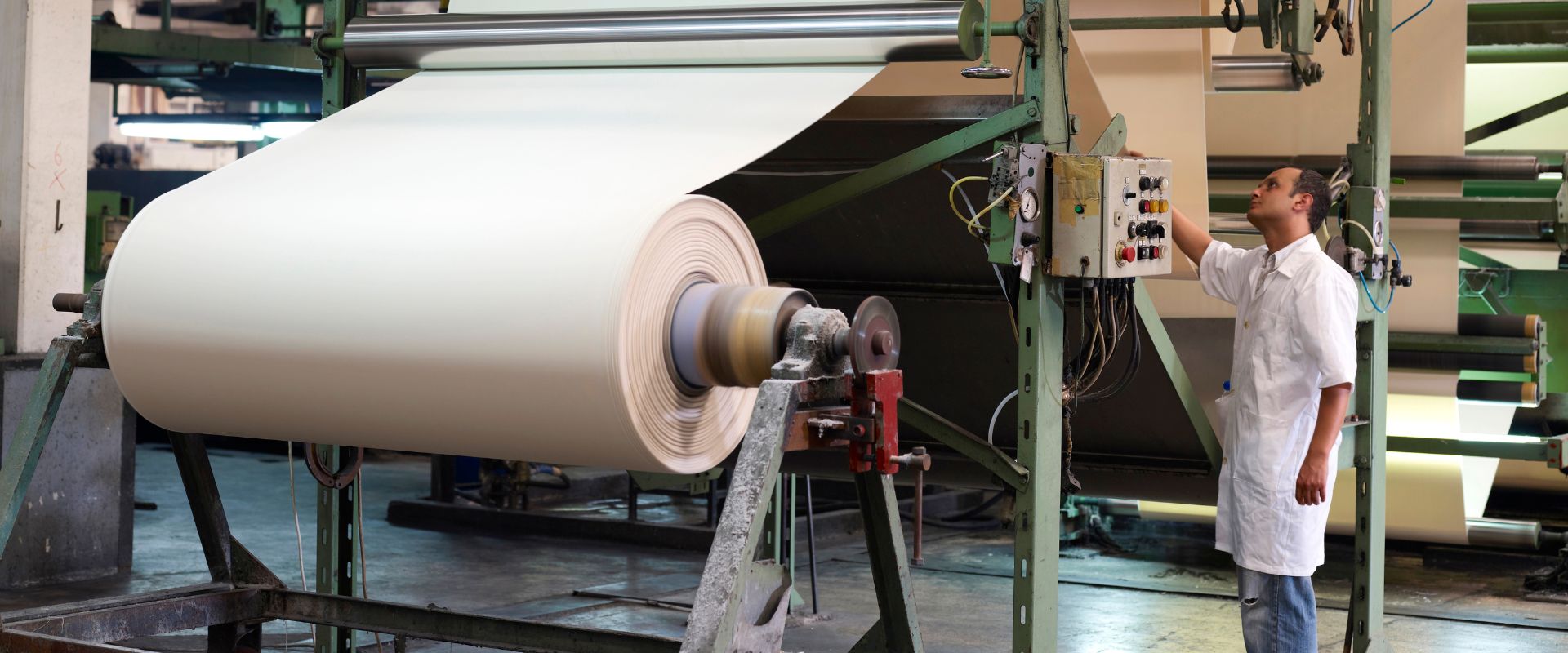PLAYLIST | REPORT | INFOGRAPHIC | SECTOR SPECIFIC SUMMARY VIDEO
As global industries increasingly prioritize sustainability, the transition to a circular economy has emerged as a pivotal strategy for achieving resource efficiency and environmental responsibility. To shed light on the progress and potential of circular practices, we have prepared a series of four detailed articles examining the challenges and opportunities in key sectors: cross-sectoral, textiles, construction, and ICT/Electronics. This introductory article provides an overview of the series, highlighting the objectives and the promising pathways each sector can take towards a circular future.
OBJECTIVE OF THE SERIES
The primary goal of these articles is to offer a comprehensive analysis of how different industries are navigating the shift to circularity. By examining cross-sectoral trends, specific challenges, and innovative opportunities, we aim to inspire businesses, policymakers, and stakeholders to embrace circular practices. Each article in this series explores the unique dynamics within its respective sector, providing valuable insights and practical examples to support the circular transition.
CHALLENGES AND OPPORTUNITIES IN THE TEXTILE INDUSTRY’S CIRCULAR TRANSITION
The textile industry faces unique challenges and opportunities in its journey towards a circular economy. Based on interviews with international textile companies, this analysis explores the specific hurdles and prospects that characterize this sector.
KEY FINDINGS
Challenges
- Regulatory Environment: Adapting to evolving regulations and standards, navigating carbon taxes, and ensuring compliance are significant hurdles.
- Economic Challenges: Balancing cost-effectiveness with sustainability goals and dealing with market fluctuations.
- Resource Management: Ensuring the availability of sustainable materials and managing complex recycling processes.
- Technological Integration: Implementing digital traceability and adopting user-friendly technologies.
Opportunities
- Market Expansion: Attracting new customers and entering new markets through sustainable products.
- Product Innovation: Developing products with circular design principles and integrating advanced technologies.
- Competitiveness Enhancement: Offering green products and aligning with customer demands for sustainability.
- Environmental Sustainability: Reducing waste and emissions through better resource management and recycling practices.
Support Needed
- Financial Incentives: Access to funding programs and tax incentives to support circular initiatives.
- Regulatory Guidance: Assistance in navigating complex regulations and standards.
- Collaboration and Networking: Opportunities to engage with stakeholders and establish partnerships for innovation and sustainability.
The textile sector has significant potential for growth and innovation through circular practices. By addressing regulatory and economic challenges and leveraging opportunities for market expansion and product innovation, the industry can achieve substantial environmental and competitive benefits.
